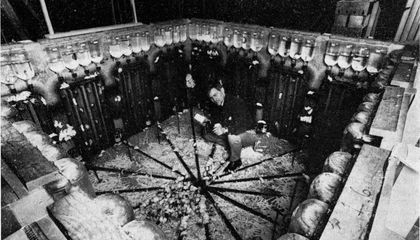
Universe 25 was a mouse utopia experiment created by John Calhoun at the National Institute of Mental Health (NIHM) where he put a group of mice inside a box with unlimited amounts of water and food, climate control, hundreds of nesting boxes, and protection from predators. The mice were allowed to live and reproduce in paradise.
One year into the experiment things turned ugly. New generations of mice couldn’t find mates or a place in the social order. Spinster females would retreat to faraway nesting boxes living alone. Males would congregate in the middle of the room where they languished and occasionally attacked each other. Parents would constantly move their families sometimes losing babies in the moving process and would kick babies out too early. The “beautiful ones” were a handful of females in a nesting box being protected by a single male. The females would only eat, sleep and groom, and would not have sex or care for their young. Females stopped carrying to full term. Two years in all reproduction stopped. And over the next three years all the mice died.
Calhoun named this process “behavioral sink”. This led to dire predictions of overpopulation growth for humans.
The book, “The Rats of NIHM” was inspired by this experiment.